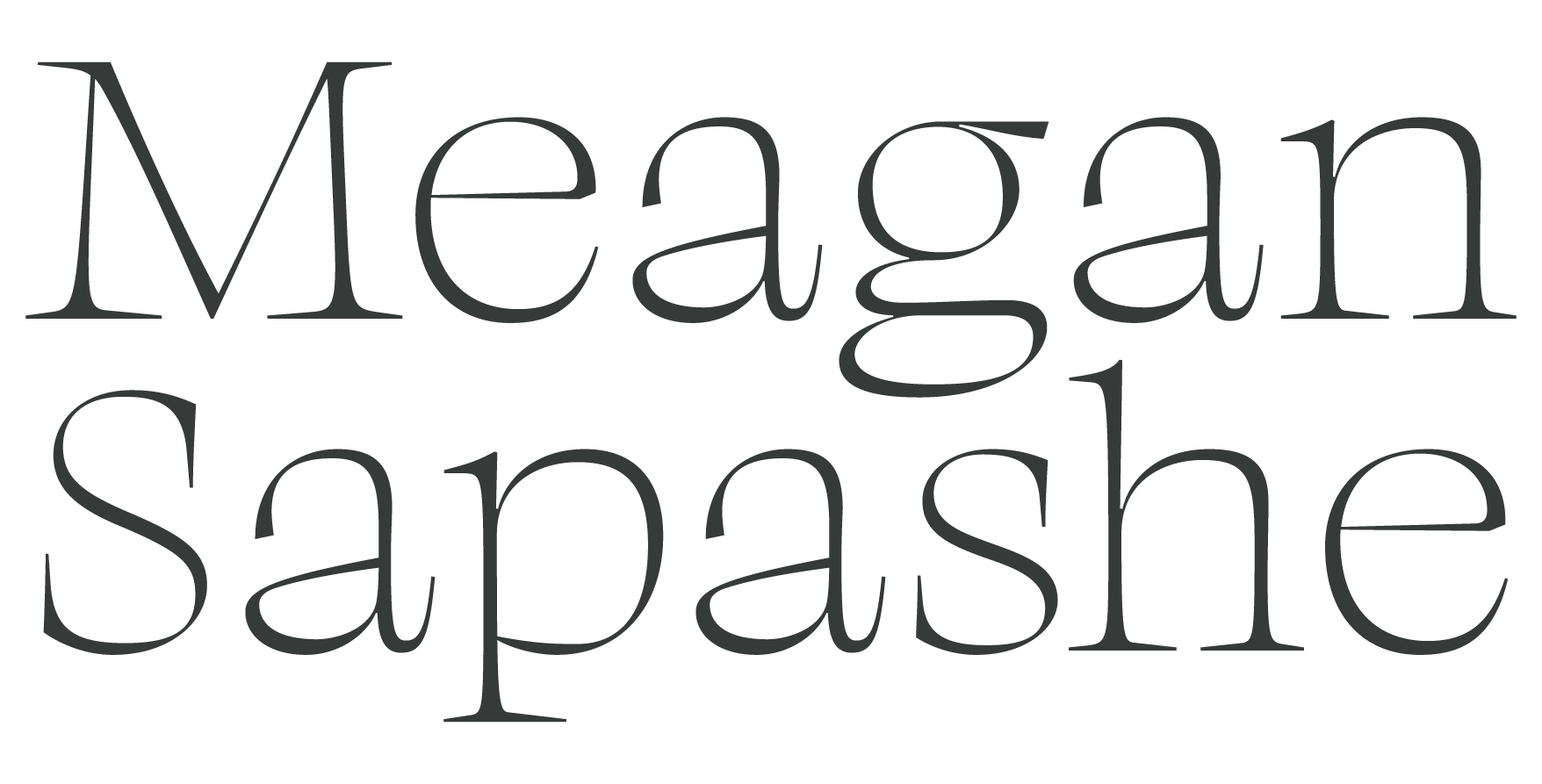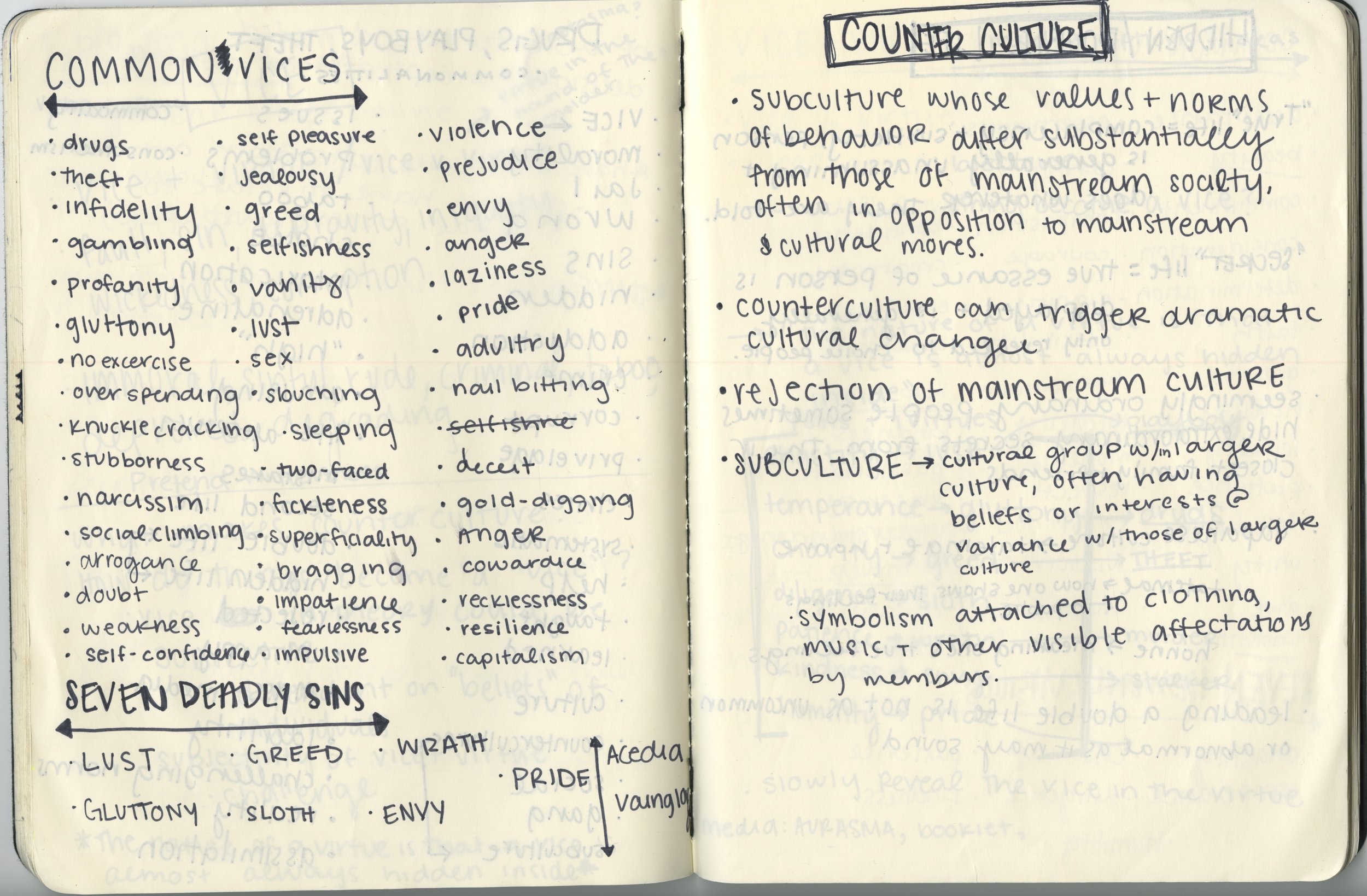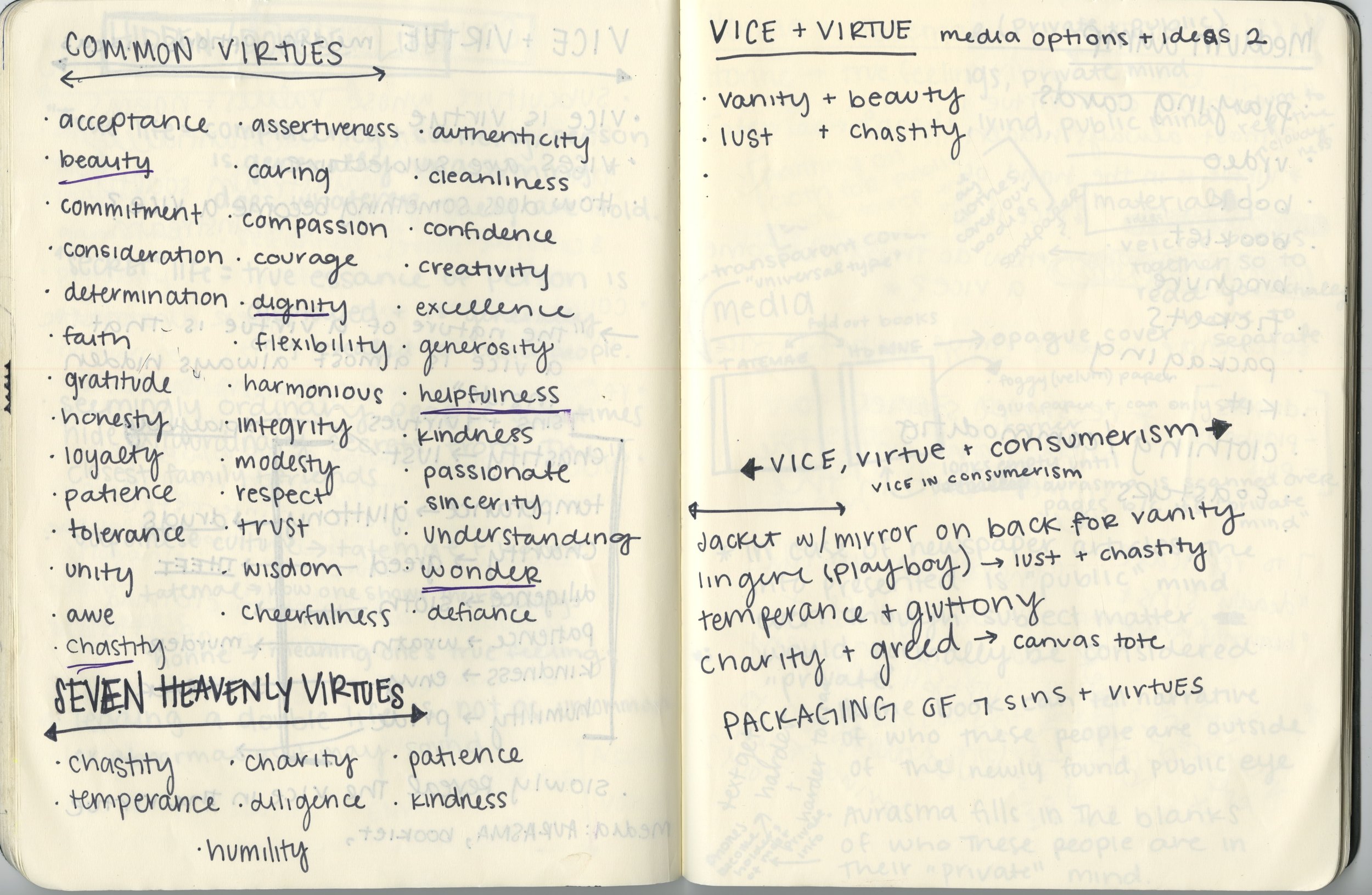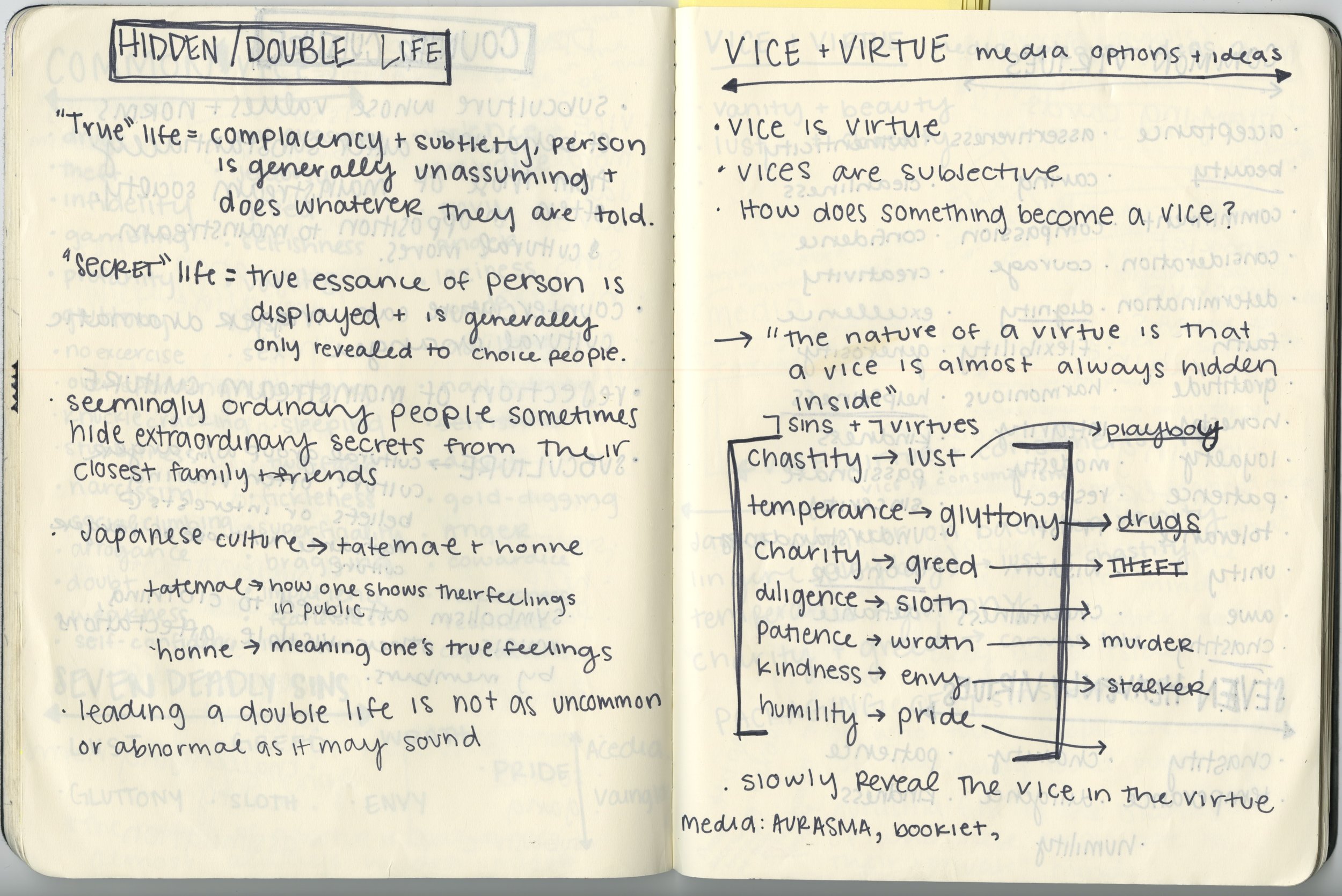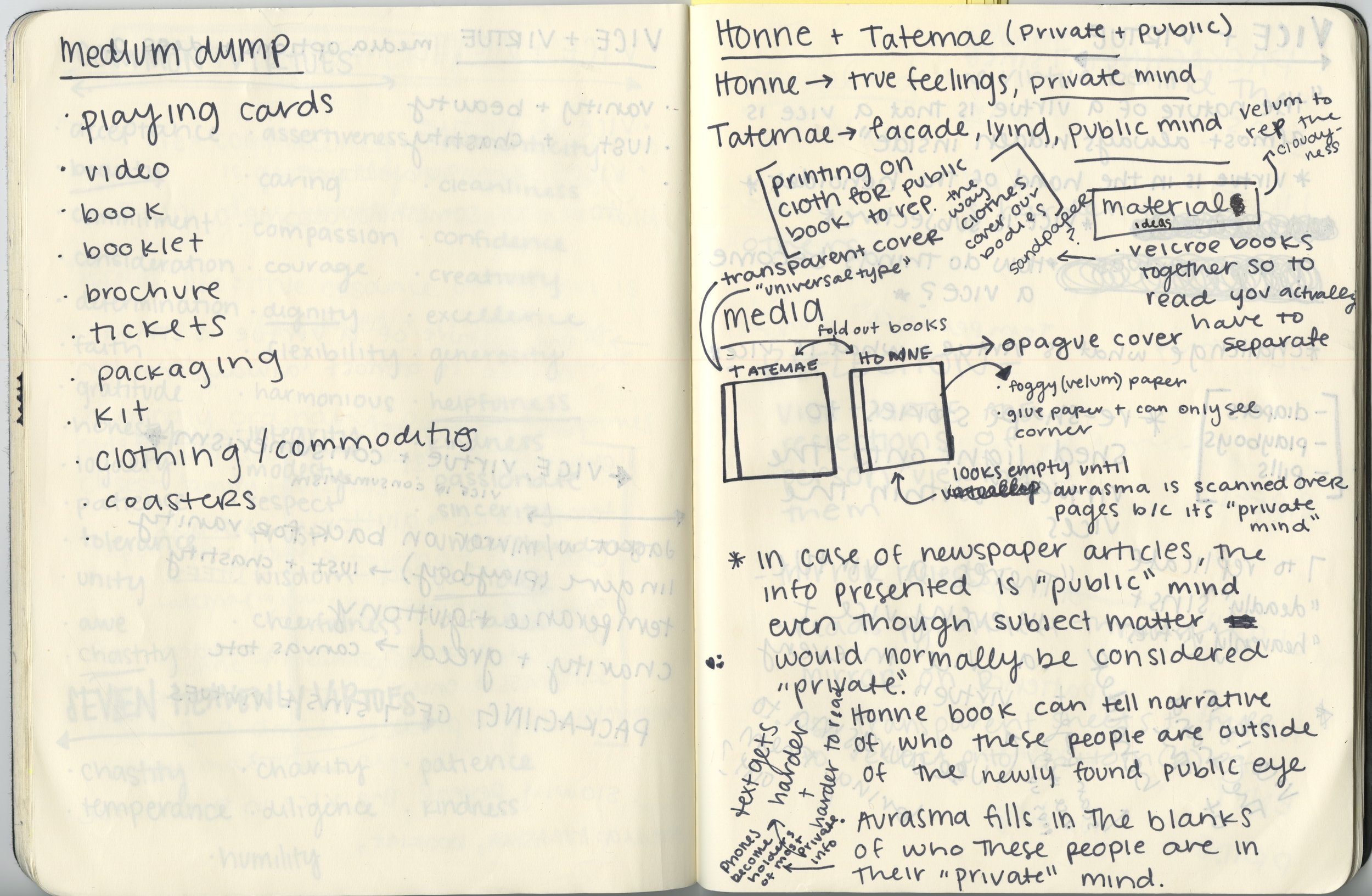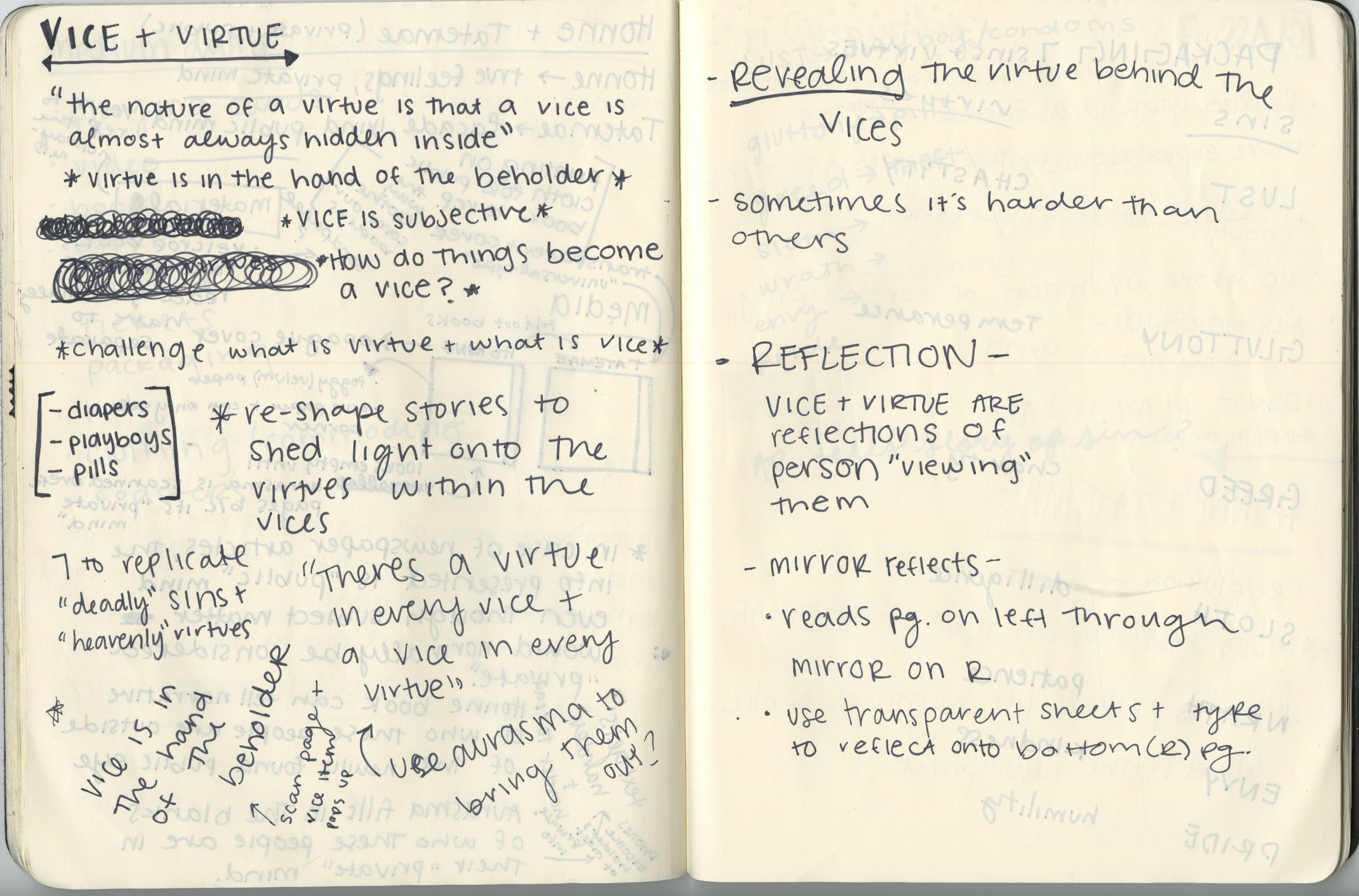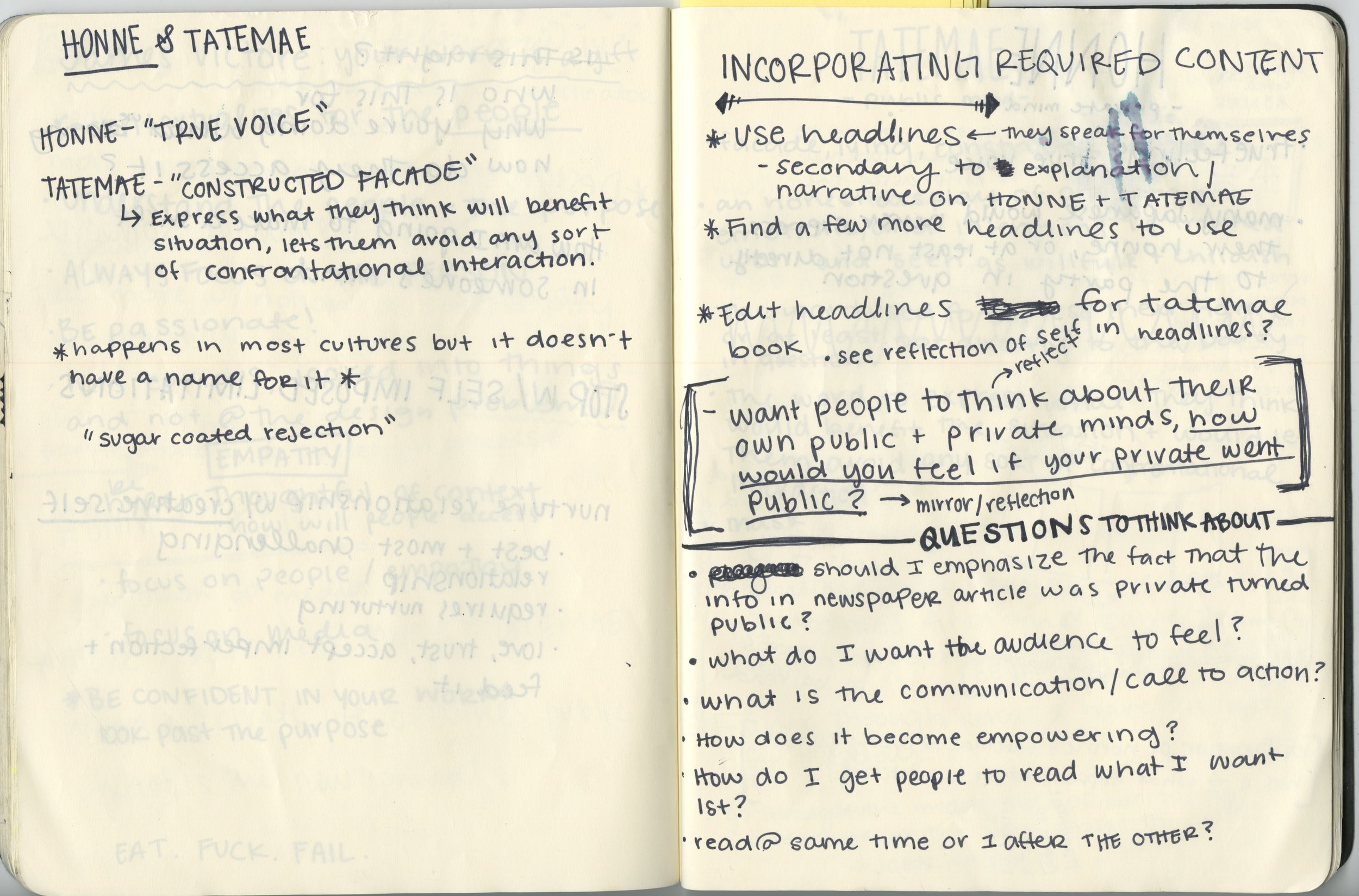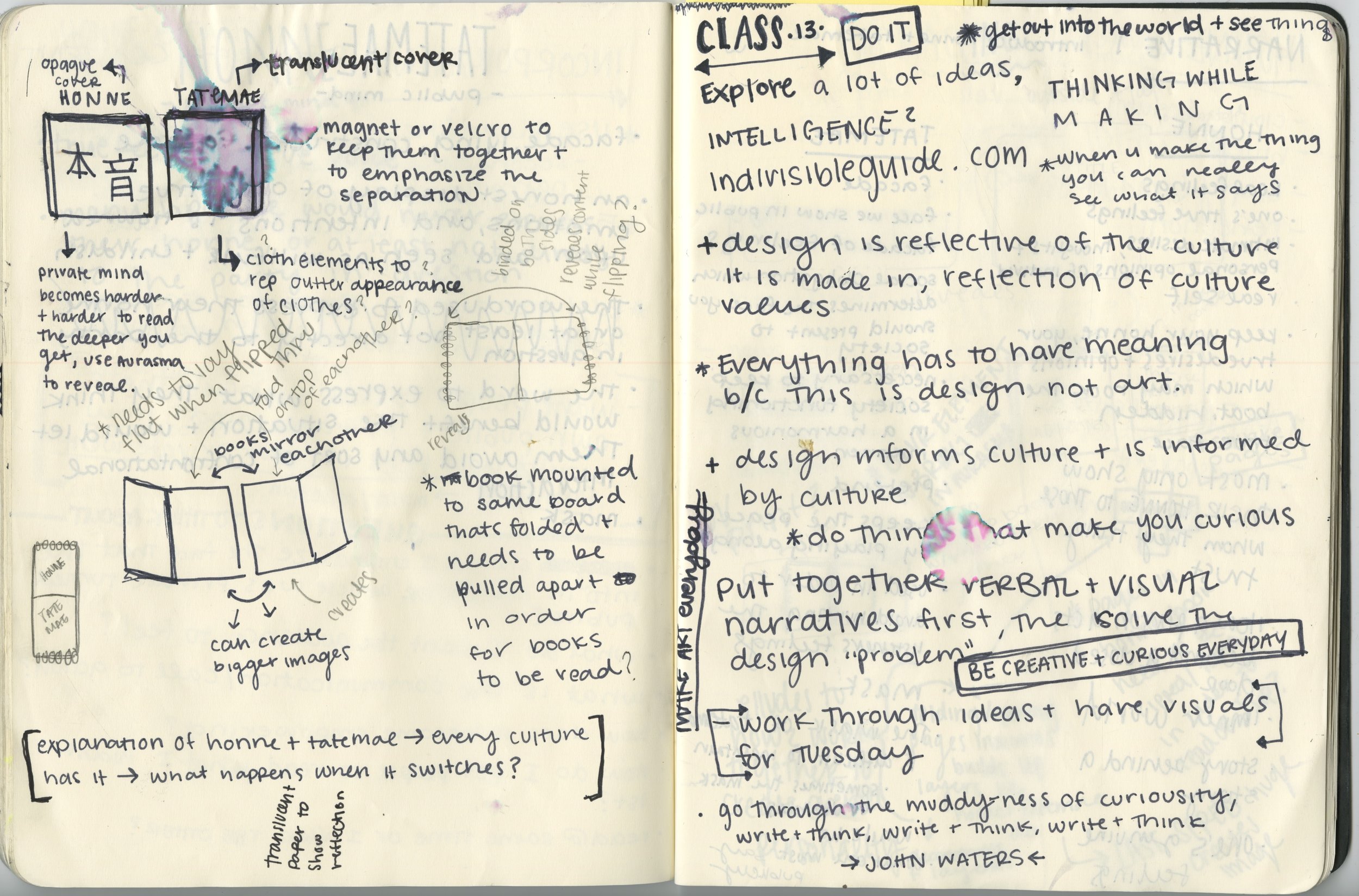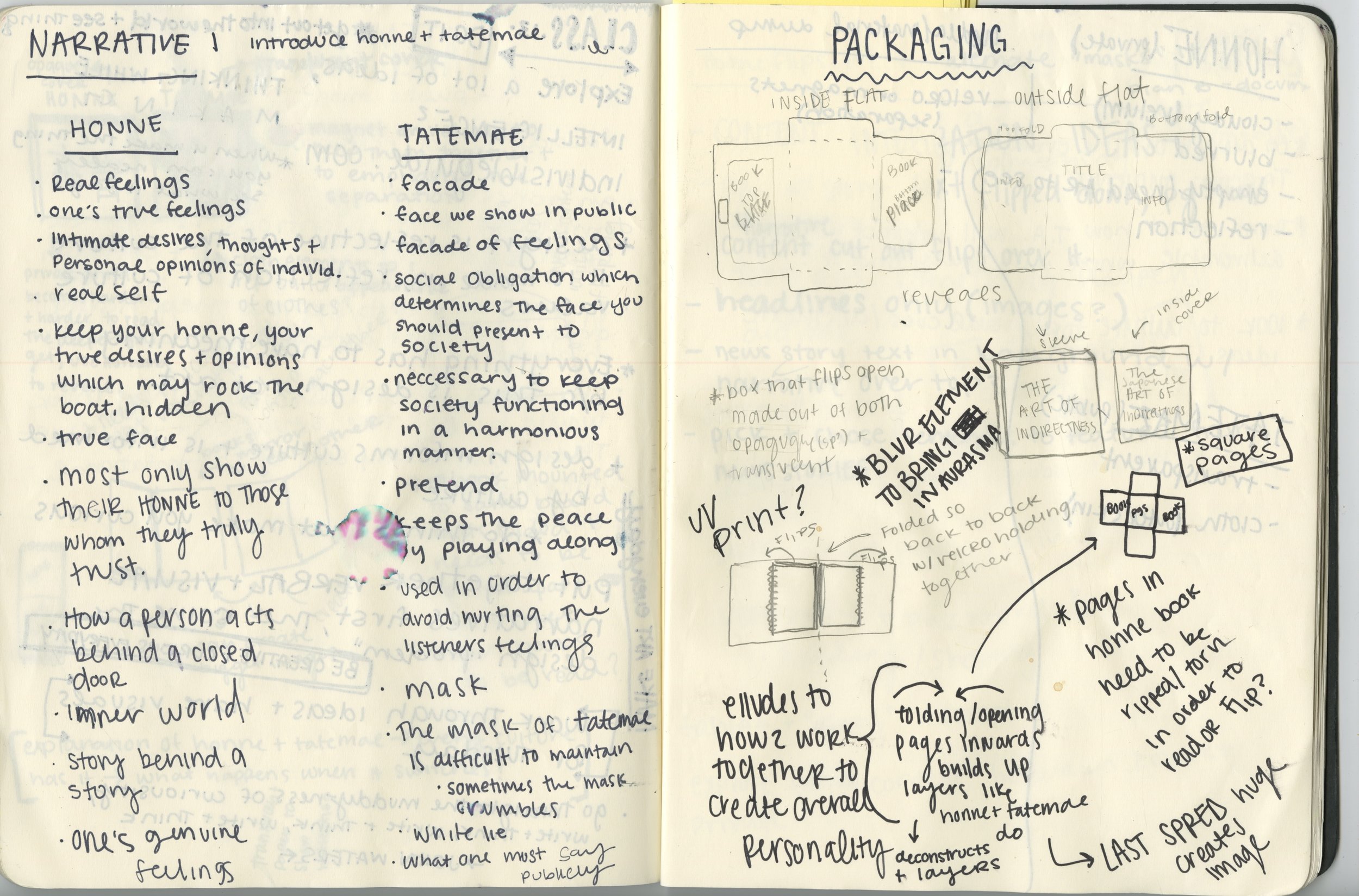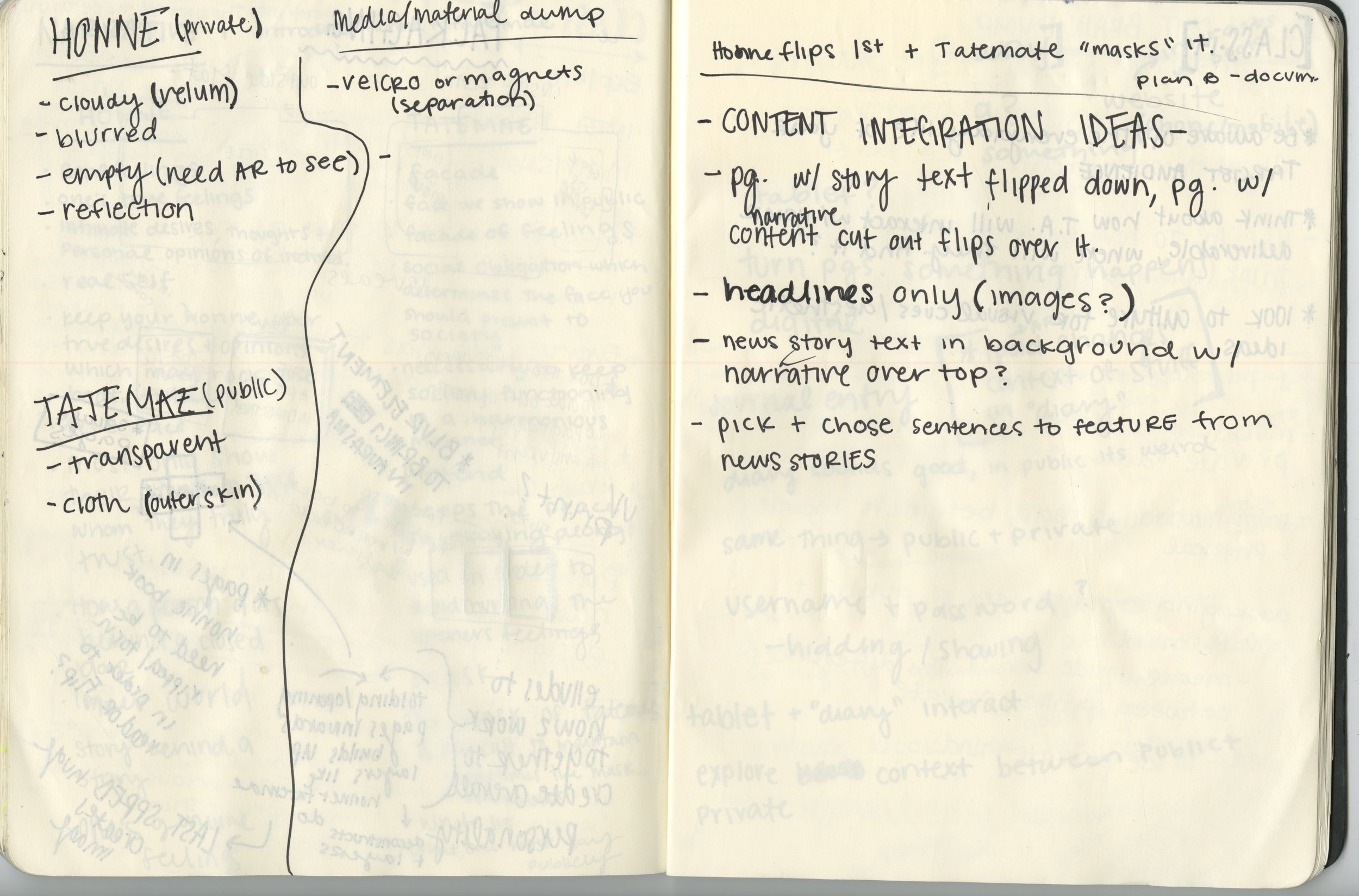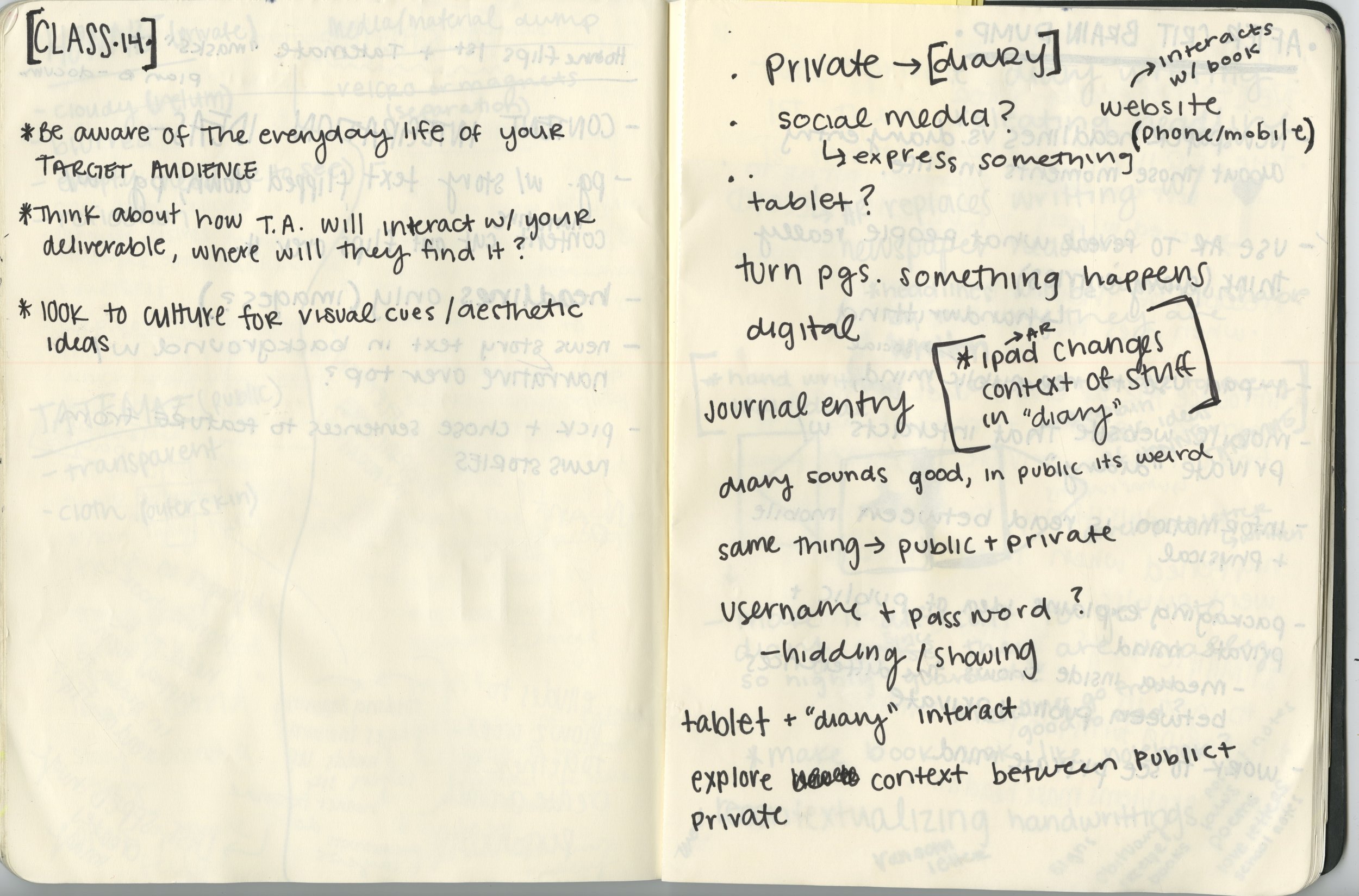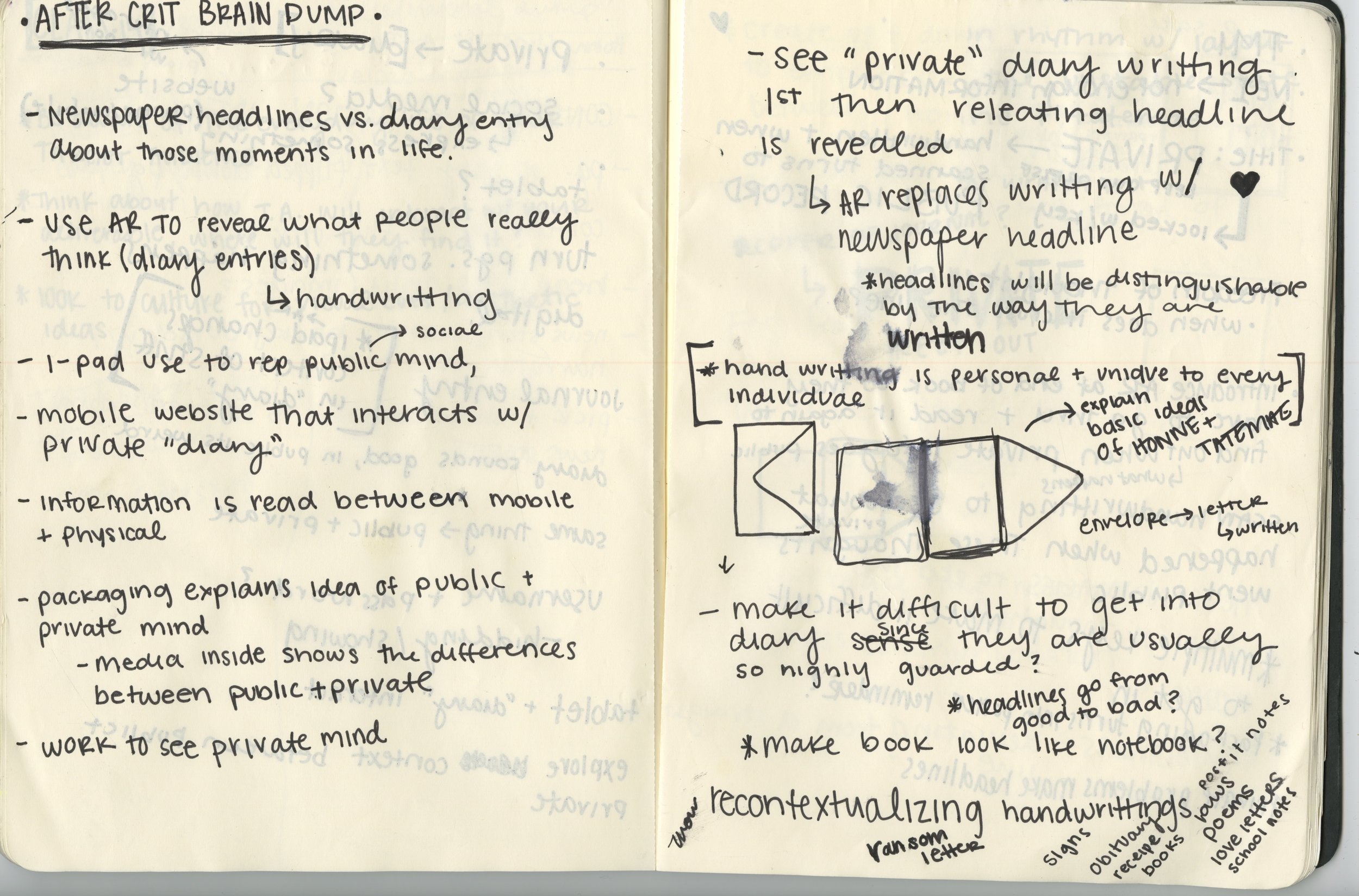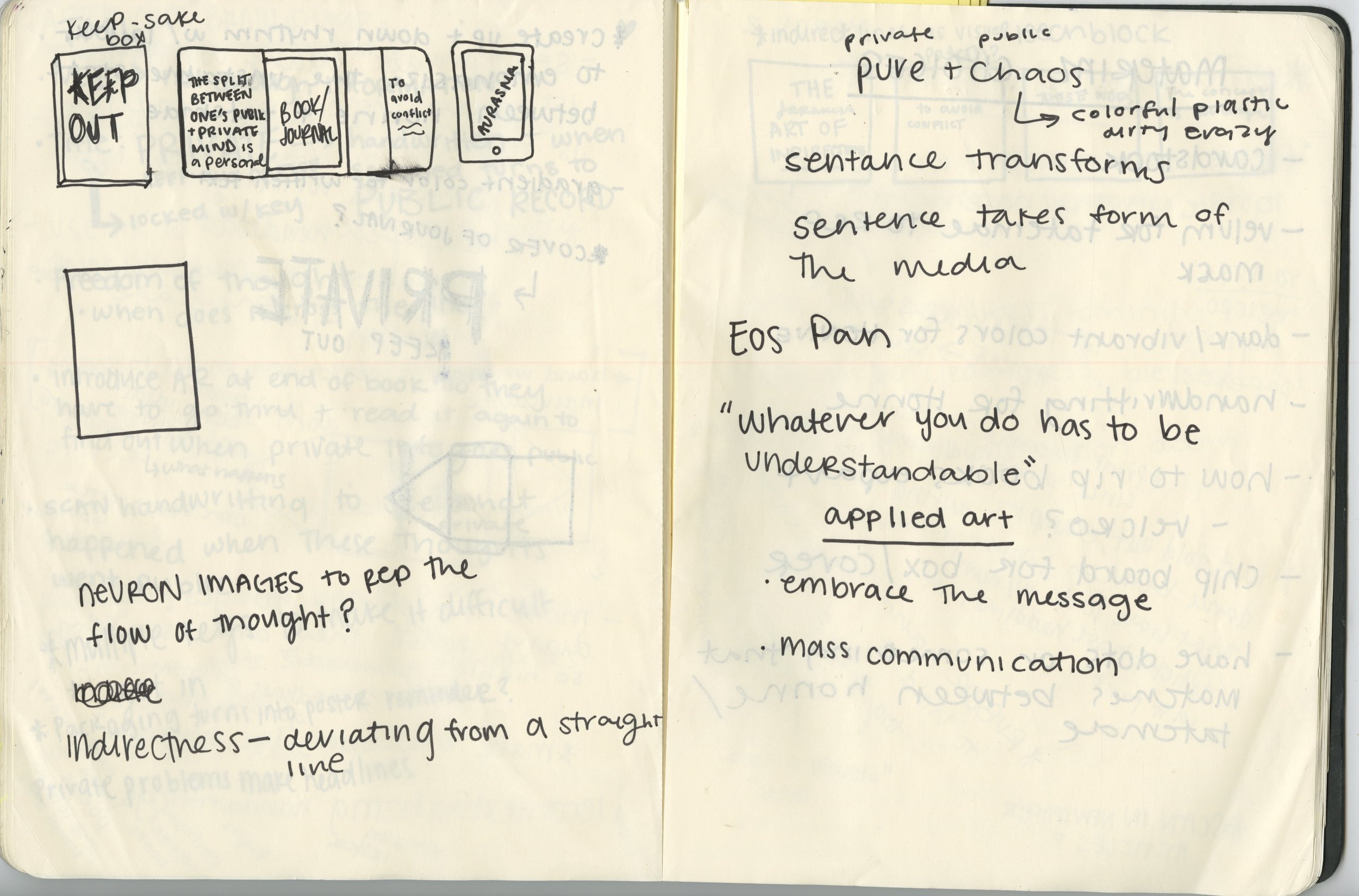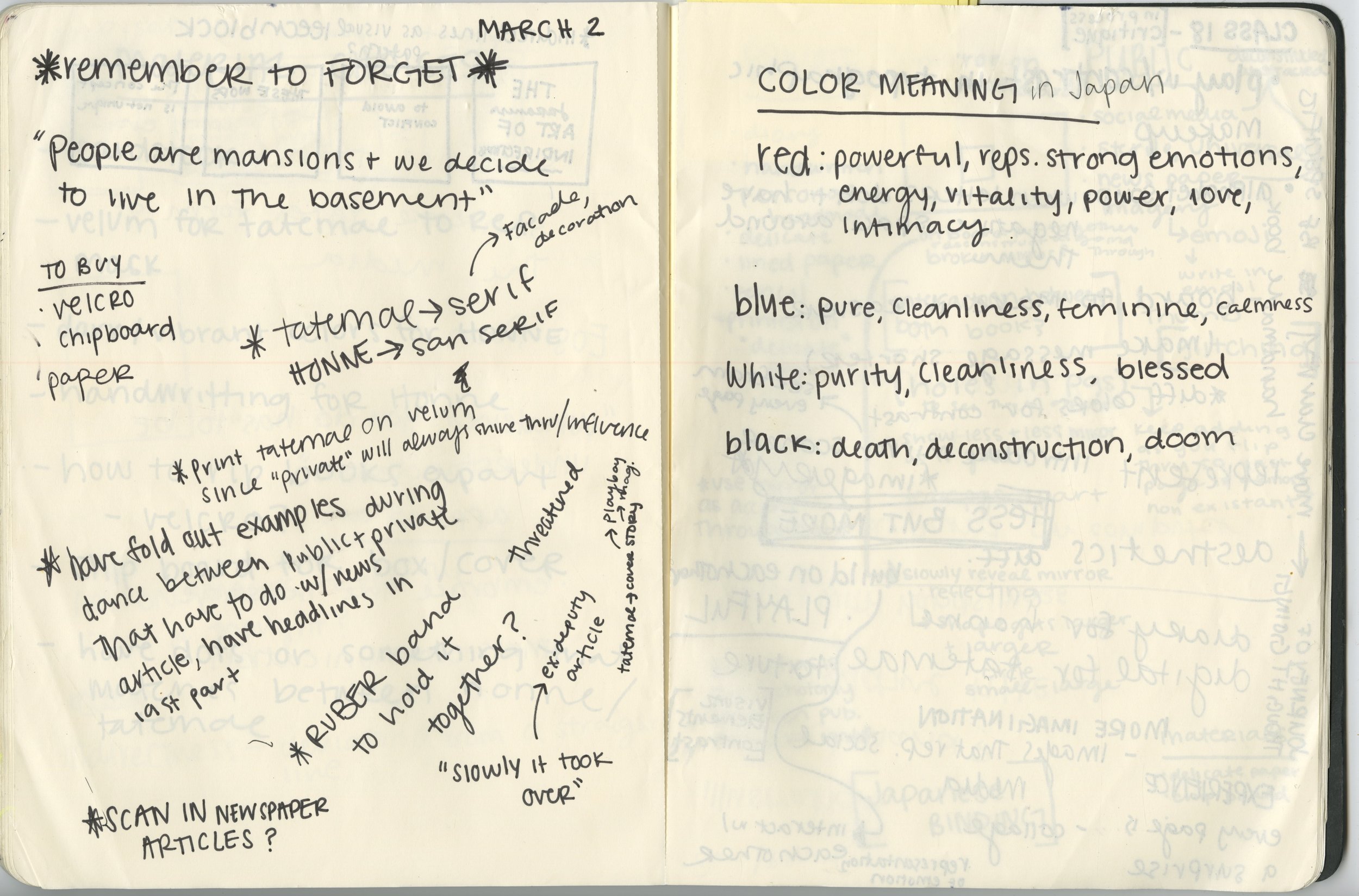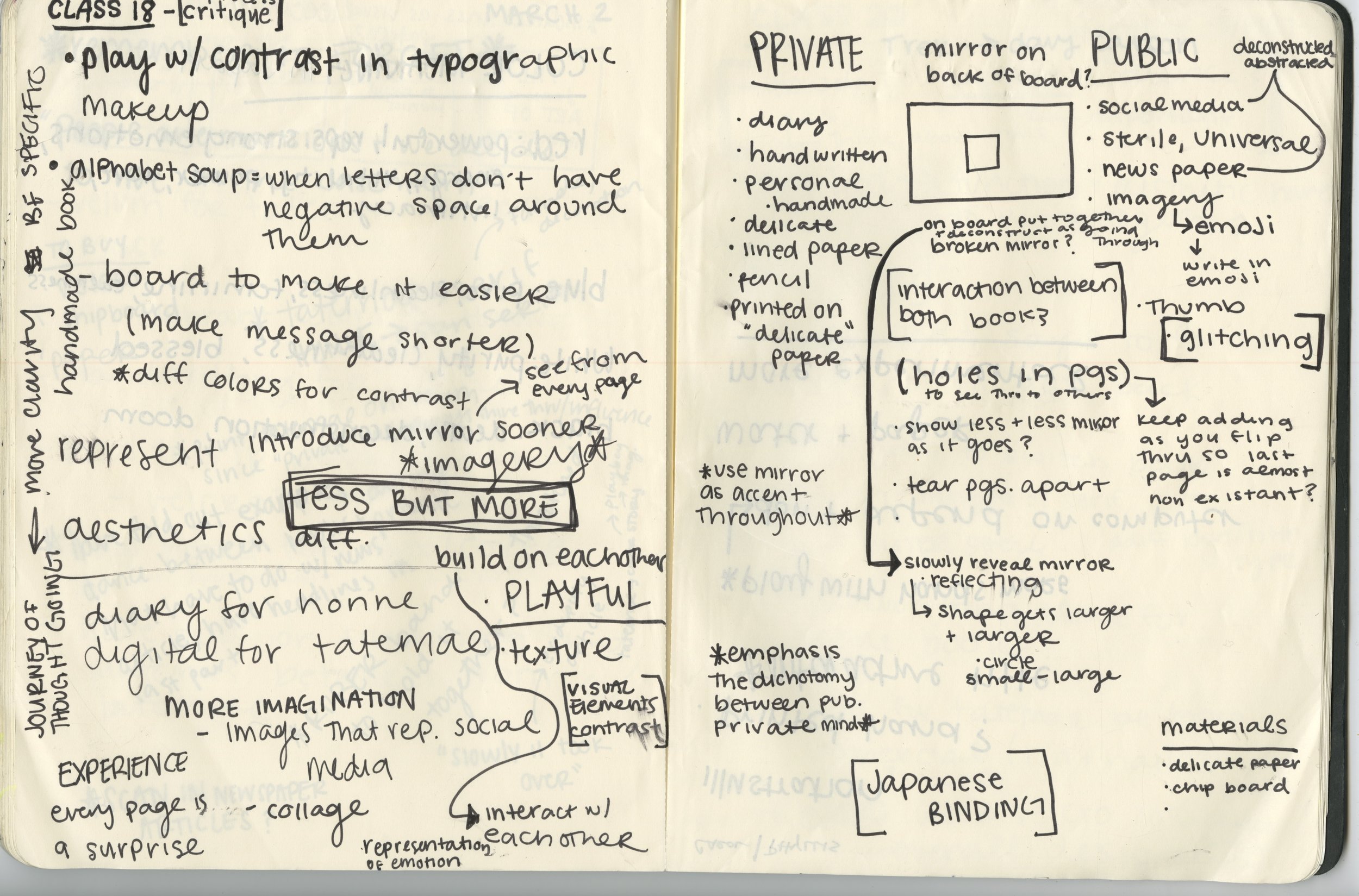The Art of Indirectness
An exploration into how different mediums work to enhance meaning and experience.
An interactive book experience
Design Objective
Create a deliverable to help individuals understand and question their own public and private minds.
Design Overview
This book was developed in a practice to better understand my creative process. The idea for this book stemmed from three articles of a Sunday copy of the Orlando Sentinel newspaper. The purpose of this book is to help the individuals interacting with it gain a better understanding of their own public and private minds, while also reflecting on how their lives would change if their private minds became public. This piece involves an interaction between two separate books that represent the public and private mind, these books must be separated in order for the individual to continue reading.
Designing For
robert, 19
Just moved into his college dorm, he is just starting out on his own without his overshadowing mother watching over his shoulder. He is just starting to figure out his own beliefs and opinions on various topics.
Saria, 26
She is still in the beginning of her adult life, constantly having to make decisions without the influence of friends and family.
book Experience
The two books use various mediums and methodologies to enhance the meaning and experience. The public mind is represented by vellum paper to represent how the public mind can be a cloudy mask. It can be easy to see through opinions one does not fully believe in but is sharing to stay neutral in the situation. The private mind is represented with opaque paper as humans often times try to hide their true feelings, especially if they are not of popular opinion.
Throughout the book the typography has been altered with rippling water to allude to how fluid one’s public and private thoughts may be. The contrasting use of serif typography and human handwriting helps to further the separation of the public and private mind. With the private mind being represented by the personal handwriting and the public is represented by the put together serif typeface.
Japanese book binding is used to bind the books together as an ode to the Japanese idea of honne and tatemae. A distorted image of a Facebook dialogue box asking ‘what is on your mind’, is used as the imagery throughout the book to hint at the role of social media in the separation of the public and private mind.
The phrase slowly it took over is repeated throughout the experience to create feelings of anxiety among readers. This phrase came from one of the original newspaper articles.
While the reader flips through the experience, they encounter mirrored surfaces. This invites the reader to reflect upon the ideas and thoughts that are being shared. As well as how their life will alter if their private thoughts became public knowledge.
Approach
The idea for this book stemmed from three articles of a Sunday copy of the Orlando Sentinel newspaper. The first article was from the front page and was titled: Ex-deputy admits stealing pain pills from evidence safe. The second article was taken from the middle of the newspaper: Man shoots, kills Wal-Mart diaper-theft suspect. The third article was taken from the classified ad section and said: Old Playboys: Two full years- 1979, ‘80 $960. After choosing these three articles, I was tasked with finding commonalities among the three to further explore. After much thought and further exploration, I landed on the idea of the public and private mind, or what the Japanese call Honne and Tatemae.
Process
Below are scans of my sketchbook process.
